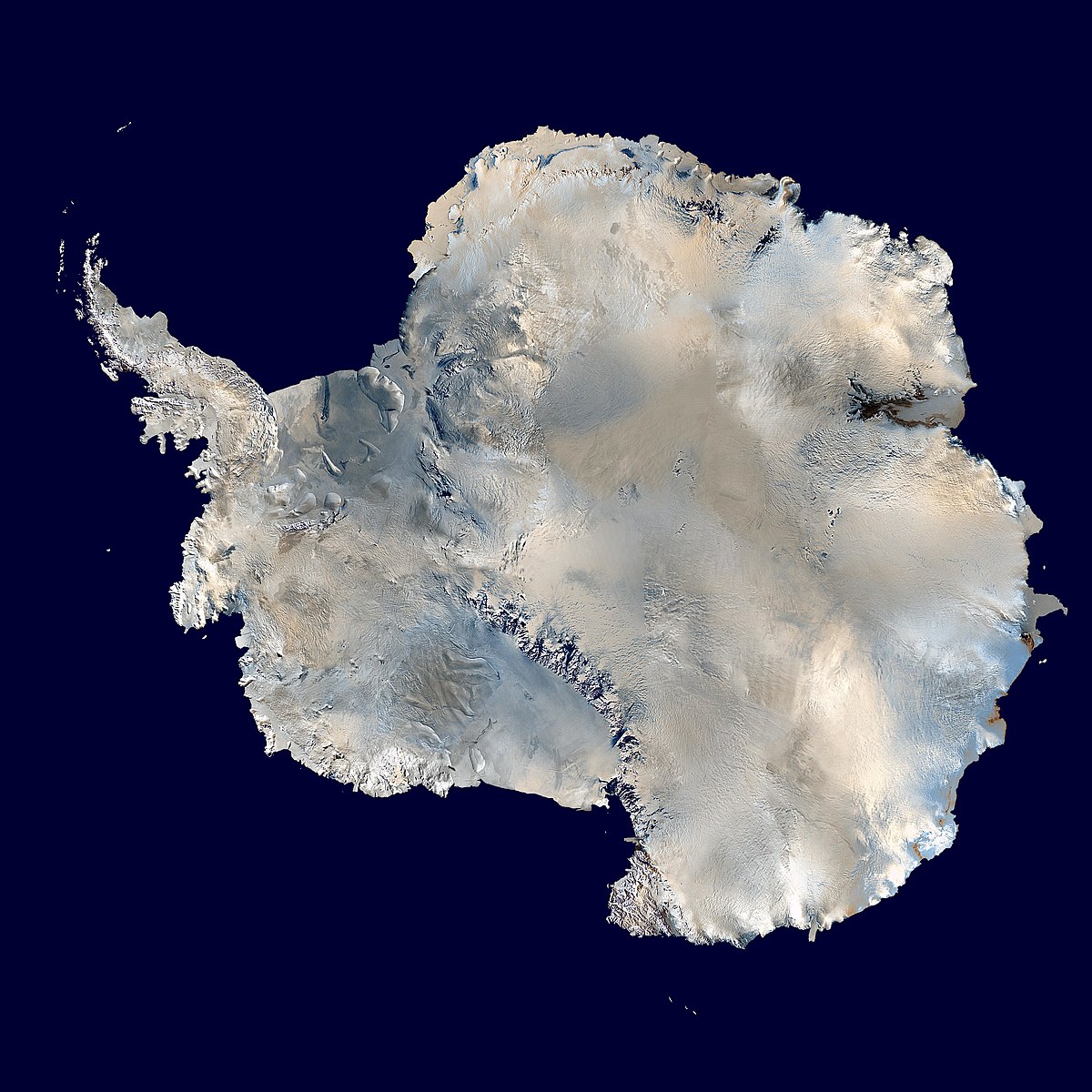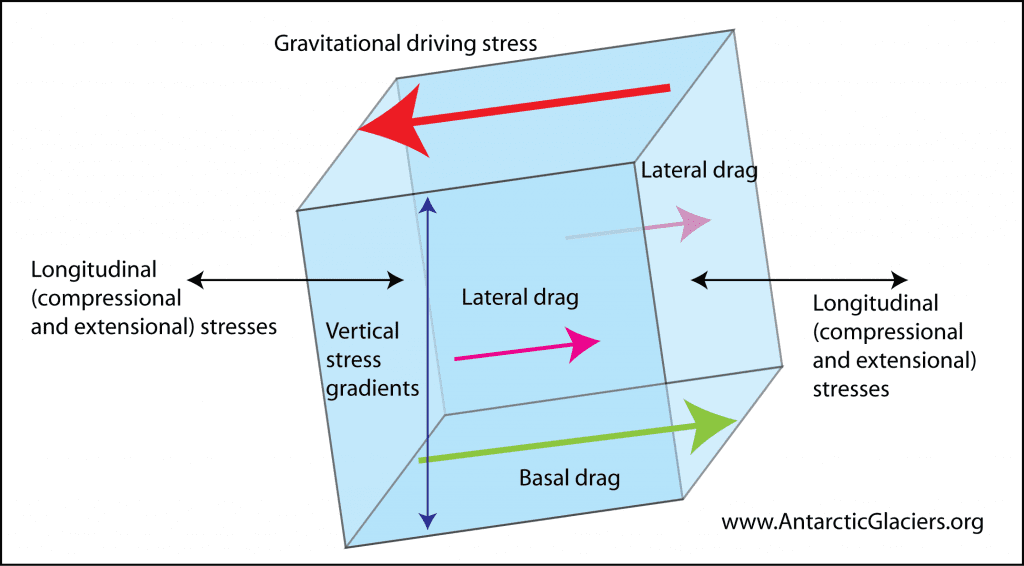Admiral Rockwell Tory
Diamond Member
What if Greenland was NOT covered with ice at that time?
Follow along with the video below to see how to install our site as a web app on your home screen.
Note: This feature may not be available in some browsers.
False.They calculated that 1500 gigatons of ice would be vaporized.


 snowbrains.com
snowbrains.com

What if Greenland was NOT covered with ice at that time?
How long would it take for that much ice to build up by our current water cycle via snow?
And also consistent with freezing taking a few hours, as would be consistent with an animal that froze to death in sub zero temperatures and low humidity. So, your work all still lies ahead of you to prove this "flash freeze" claim. Good luck!Yet the evidence of the quick freezing of animals in the arctic permafrost is consistent with freezing in roughly <1 hour!
This is called the "Gish Gallop". All the charlatans use the same playbook,, you know. They have since charlatans existed. Human brains haven't changed much, The same old tricks will always work, to some degree. Call it, the first religion.OK, confirming (or not confirming) my figures:
1. Highest annual snowfall. In 1963 it was about 1,000 inches - I think it was in Tamarak, California (from memory). However, due to global warming the oceans have warmed which caused greater precipitation from greater atmospheric moisture. So, over 60 years later we can expect higher snowfall records - and indeed this is what I found:

5 Incredible Snowfall Extremes | The Weather Channel
The most amazing snowfall totals ever recorded in the United States. - Articles from The Weather Channel | weather.comweather.com
"The western United States is king when it comes to the most amazing snow totals ever recorded over the course of a season, month and a day. A plethora of mountainous terrain in this part of the country interacting with moist Pacific storm systems can lead to some enormous amounts of snow.
We begin our look at five of the most incredible U.S. snowfall records beginning with the all-time seasonal snowfall record set at Mount Baker in Washington State.
An amazing 1,140 inches (95 feet) was recorded at Mount Baker Ski Area (4,200 feet elevation) during the July 1, 1998 to June 30, 1999 snow season."
But that was 1998. But then I found this conflicting report:

The Top Snowfall Events in Recorded History: - SnowBrains
Is it possible to have too much of a good thing? Can it really snow too much? What is too much snow? These are questions that skiers and boarders often ponder on lift chairs or over a beer. If you live in a big city then a couple of inches is too much. It makes traffic come to a crawl, sidewalks...snowbrains.com
'The Pacific Northwest region of North America, which includes Alaska, British Columbia, Washington, and Oregon, is the snowiest region of the continent. In many areas of Alaska and British Columbia, there are no meteorological stations, so we can only imagine how much falls during a given season. In Mount Rainier National Park, at the Paradise Ranger Station, 1,224.5 inches (102 feet) of snow fell between February 19, 1971, and February 18, 1972. That is equal to the height of a 10-story building.'"
From Google search:
"The heaviest annual snowfall ever measured in the entire United States and the world is 95 feet (29 metres) that fell between July 1, 1998 and June 30, 1999 at the downhill ski area on Mount Baker, Washington.
From:

Greatest Snowfall Records of All-Time
All of these Snowfall records occurred in the Western USA. We suspect there are some pretty big numbers coming out of Alaska, but there’s no one there tounofficialnetworks.com
"1,225 inches (102 feet) at Paradise (5,400 feet) on Mount Rainer, WA from Feb. 19, 1971 – Feb. 18, 1972.
– Mount Rainer is 14,411 feet tall and averages 635 inches (53 feet) per year
– Minimum annual snowfall was 313 inches (26 feet)in 1939-40 (that is more than most ski resorts average)
– Maximum snowpack 357 feet (30 feet) in March 1955
– Heaviest snow occurs between 5,000 & 8,000 feet
– It snows every month of every year on this mountain
– Paradise on Mount Rainier is the snowiest place on Earth"
From:
Mount Baker - World Record Snowfall
The world record for the most snow in one year is now held by Mount Baker in Washington State, USA. The area reported 1,140 inches (95 feet) / 2,896 cm (29 meters) of snowfall in 1998-99.www.athropolis.com
"World Record Snowfall
Although the Arctic is known as a snowy place, it is in fact a desert where very little snow actually falls. The snow that does fall, however, stays around a long time, giving the impression of much snow.
So where did the MOST snow fall?
The world record for the most snow in one year is now held by Mount Baker (elevation: 10,775 feet / 3,285 meters) in Washington State, USA. The Mount Baker Ski Area reported 1,140 inches (95 feet) / 2,896 cm (29 meters) of snowfall for the 1998-99 season.
The mountain also beat its own record for most snowfall in a month with 304 inches / 772 cm.
Snowfall can be difficult to measure because it settles, melts, or drifts from place to place. Strict standards must be observed - a flat surface is used to measure daily snowfall amounts along with a snow stake to measure depth.
The heavy snowfalls in Washington's Cascade Mountains are the result of several factors:
Bottom line: The arctic is like a desert when it comes to snowfall and the world record annual snowfall is about 100 feet which translates to 10 feet of ice. And the records are more recent because of global warming resulting in warmer oceans resulting in greater moisture in air forced up the Cascade mountains.
- Winter is the wettest season on the mild Pacific Coast, and with the west-to-east weather patterns, storms strike the Pacific Northwest frequently.
- Freezing levels average about 4,000 feet / 1,220 meters over the winter months. Near that altitude snowfall amounts increases very rapidly with just small increases in elevation.
- Air full of moisture after its journey across the Pacific is forced up"
The irony is that the ice age postulates colder not warmer ocean temperatures which would cause LESS snowfall!
Note also the confliciting reports - not unusual btw.
The timeline of the great flood always confused me. In terms of world history, what period of time are we talking exactly? As I recall it was 40 days and nights of rain that flooded the world. Yeeeaaahh ok, let's go with that. But when did it happen?
The birdseye study of the flash freezing of the Beresovaka Mammoth actually indicated a wind chill of -150 degrees F and freezing in about one half hour. Autopsies indicate cause of death was drowning. Those two findings can only be harmonized if supercooled water was involved (very cold water with nothing to base crystalization on). Its late and I am researching the above math - feel free to research the point you are trying to make - I'll look forward to your links!How long would it take for that much ice to build up by our current water cycle via snow?And also consistent with freezing taking a few hours, as would be consistent with an animal that froze to death in sub zero temperatures and low humidity. So, your work all still lies ahead of you to prove this "flash freeze" claim. Good luck!Yet the evidence of the quick freezing of animals in the arctic permafrost is consistent with freezing in roughly <1 hour!
Ok but there were early human civilizations and settlements 12,000 years ago. Were they all wiped out.~12,000 years ago.If your supposition is that the great flood happened, doesn't there have to be an actual period in the global history timeline for it to have occurred?Yep. Sure is. That’s the point of this thread.Neat!Not like you think.Never. There was no global flood.Yeeeaaahh ok, let's go with that. But when did it happen?
Interesting!The birdseye study of the flash freezing of the Beresovaka Mammoth actually indicated a wind chill of -150 degrees F and freezing in about one half hour. Autopsies indicate cause of death was drowning. Those two findings can only be harmonized if supercooled water was involved (very cold water with nothing to base crystalization on). Its late and I am researching the above math - feel free to research the point you are trying to make - I'll look forward to your links!How long would it take for that much ice to build up by our current water cycle via snow?And also consistent with freezing taking a few hours, as would be consistent with an animal that froze to death in sub zero temperatures and low humidity. So, your work all still lies ahead of you to prove this "flash freeze" claim. Good luck!Yet the evidence of the quick freezing of animals in the arctic permafrost is consistent with freezing in roughly <1 hour!
My next post will be researching the minimal angle of glacial flow:


And it’s your free will to chose to misstate my religious beliefs. I for one would never do that to another but that’s your mistake to make.I am never going to believe the earth and universe are 6000 years old. I am never going to believe the first 11 chapters of Genesis were written to be read literally.
It's your free will and choice to believe what you want such as fake science and pantheism.
what I believe is not based upon one single thing. It is based upon everything.
No. Haha.
Your comments,You allow yourself to be a victim of fear and superstition.
Prove it.
Proved
Done!
Fountains of the deep
Underwater civilizations
Myths of a great flood from all around the world based on a true event.
I've already proved it to you and ding, but can I help it if both of you can't figure it out? I think it means great tribulations.
The myth of the god flood a few thousand years ago is a myth.
Thank you.
Rocks and fossils don't last that long.
How about nearly 3.5 billion years? Is that a long time?

12,000 years ago it was. 12,000 years ago the Great Lakes were formed by retreating glaciers. 12,000 years ago New York was under a 1,000 ft thick sheet of ice.What if Greenland was NOT covered with ice at that time?
False.They calculated that 1500 gigatons of ice would be vaporized.
Why? No need. Prove yourself right. Do the math.Prove me wrong.
Math is crucial, of course. There are two (probably more) interpretations of the massive extinctions found frozen in the arctic permafrost:
1. The last ice age.
2. The Flood.
As in our 1963 article: Earth's sculptor - ice or water?
Take the ice age for example. It is theorized that over hundreds+ years ice built up in elevation so that it would flow southward and engulf places like New England (Long Island is claimed to have been caused by the ice age glacier).
One of the simplest points is the minimum angle of glacial flow - roughly 20 across and 1 up. So, for a glacier to flow 1,000 miles it would have to flow from and ice sheet 20,000 miles high!
How long would it take for that much ice to build up by our current water cycle via snow? Last time I checked, the record annual snowfall is in the western Rocky Mountains where moisture from the Pacific Ocean is forced to condense as it is forced up elevations by the wet adiabatic rate: namely c. 1,000 inches which makes about 100 inches of ice or <10 feet of ice. At that rate it would take >2,000 years for the ice to build to only 20,000 feet not miles in height!
Yet the evidence of the quick freezing of animals in the arctic permafrost is consistent with freezing in roughly <1 hour! That illustrates the drastic difference with catastrophism and uniformitarianism.
Now, that is from memory from an article nearly 60 years ago (I am 73 btw) - in my next post I will check the figures since math is only as accurate at the numbers that are used in calculations.
What's not to understand? An allegorical account is no different from a fable so to speak. An allegorical account of an actual historical event captures the truth that there was a great and unusual flood event. Something which other cultures confirm.And it’s your free will to chose to misstate my religious beliefs. I for one would never do that to another but that’s your mistake to make.I am never going to believe the earth and universe are 6000 years old. I am never going to believe the first 11 chapters of Genesis were written to be read literally.
It's your free will and choice to believe what you want such as fake science and pantheism.
what I believe is not based upon one single thing. It is based upon everything.
No. Haha.
What you believe for yourself is irrelevant. This is the S&T forum. I just don't want you to mislead others.
First you state that Noah's Flood or the global flood was allegorical and that is wrong. Second, your science is off. It happened around 2348 BC -- Timeline for the Flood. Nobody understands you allegorical version.
I don't believe all living things were killed. I think a lot of them were. Enough so that it was noteworthy such that every major ancient culture had an account of a great flood. I think the fact that every major culture had an account of a great flood tells us that not everyone and everything were wiped out. I think it also tells us that there was a very unusual flooding event that was outside of the norm.Ok but there were early human civilizations and settlements 12,000 years ago. Were they all wiped out.~12,000 years ago.If your supposition is that the great flood happened, doesn't there have to be an actual period in the global history timeline for it to have occurred?Yep. Sure is. That’s the point of this thread.Neat!Not like you think.Never. There was no global flood.Yeeeaaahh ok, let's go with that. But when did it happen?
Interesting!The birdseye study of the flash freezing of the Beresovaka Mammoth actually indicated a wind chill of -150 degrees F and freezing in about one half hour. Autopsies indicate cause of death was drowning. Those two findings can only be harmonized if supercooled water was involved (very cold water with nothing to base crystalization on). Its late and I am researching the above math - feel free to research the point you are trying to make - I'll look forward to your links!How long would it take for that much ice to build up by our current water cycle via snow?And also consistent with freezing taking a few hours, as would be consistent with an animal that froze to death in sub zero temperatures and low humidity. So, your work all still lies ahead of you to prove this "flash freeze" claim. Good luck!Yet the evidence of the quick freezing of animals in the arctic permafrost is consistent with freezing in roughly <1 hour!
My next post will be researching the minimal angle of glacial flow: